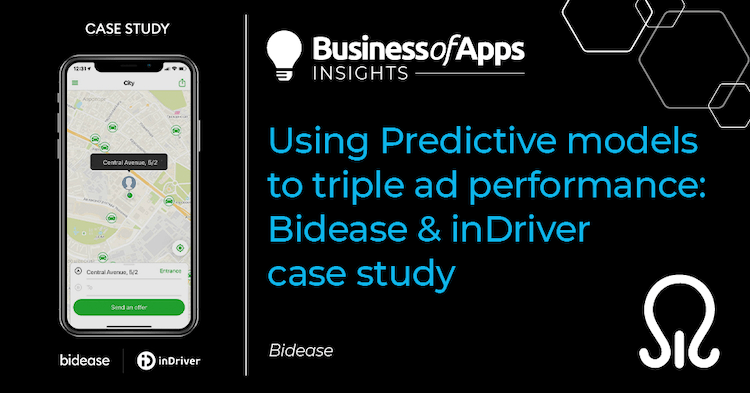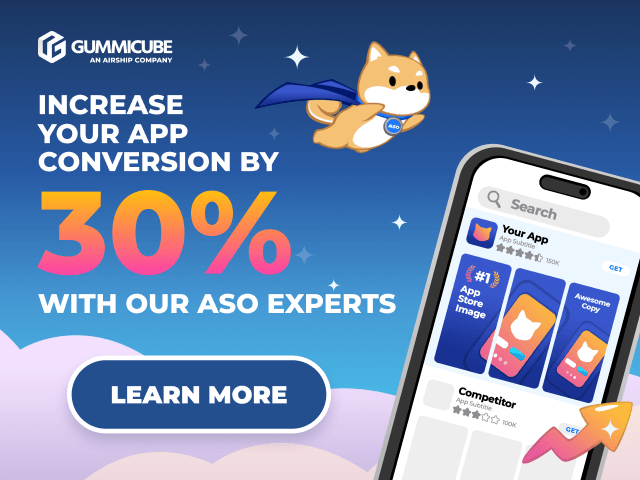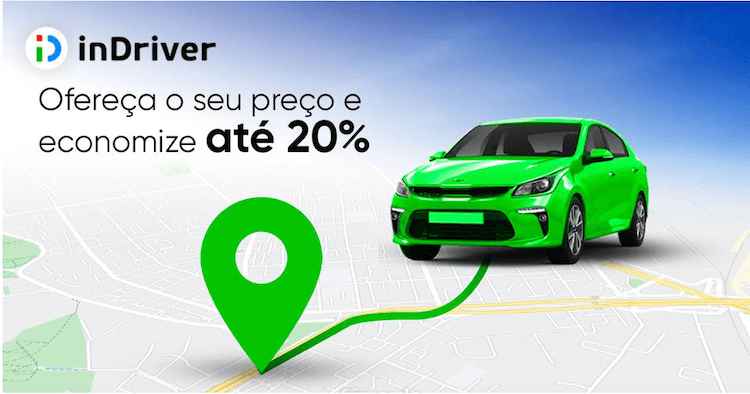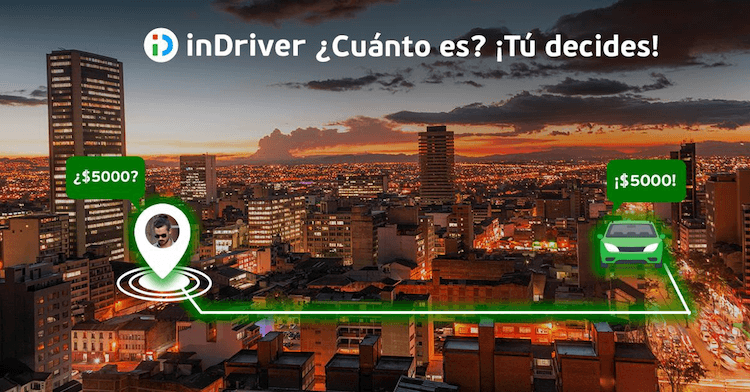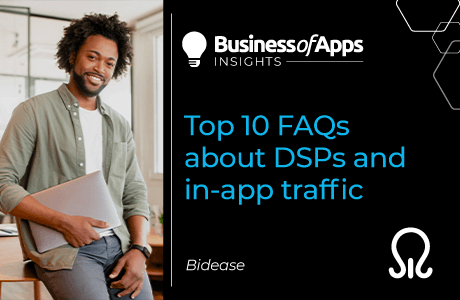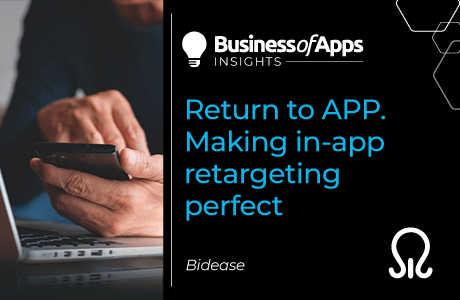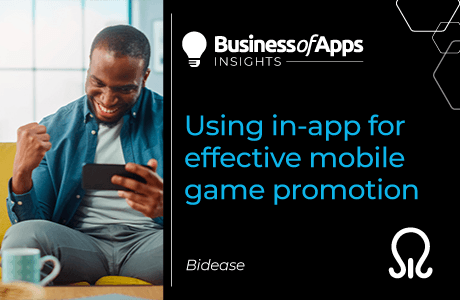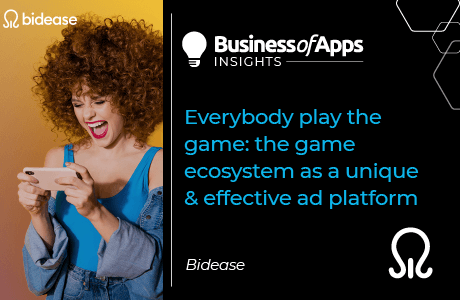If you are thinking about diversifying your ad traffic or have already decided to do so but are still hesitant about using in-app tools, this case study clearly shows that in-app ads are a solid and forward-looking solution.
In this article, we will explore the challenges and skepticism most likely to be faced by every advertiser and share the results we have achieved.
Background
inDriver app was released in 2013, followed by an immense amount of meticulous work performed by their extremely ambitious team over the years: inDriver went all the way from a super local ridesharing service to a global product.
In April 2018, the service went international, which turned out to be a huge success, the current number of inDriver users being over 80 million in 33 countries.
inDriver has a rather uncommon strategy for entering new markets. The service starts with small towns, gradually moving on to large cities and megalopolises.
Here is where we bump into Myth #1: DSPs have really wide coverage. Small GEOs are a true weak spot of programmatic platforms.
This brings us to Myth #2: it takes an infinitely large amount of time and money to train the predictive models, or more specifically, to collect the necessary amount of data to train the algorithms if it comes in small portions.
So, let us bust these myths, shall we?
The Task
The key task for Bidease was to set up effective user acquisition based on the CPA model (signups) with a daily cap (a certain number of signups in certain locations).
GEO: Colombia, Ecuador, Brazil, Dominicana, Chile, El Salvador, Panama, Russia;
Platforms: Android;
Sources: Bidease;
Tracker: AppsFlyer;
Timeframe: January 2021 – present.
Why In-app Traffic?
On the one hand, mobile marketers know their way around the good old (and most importantly, time-proven) traffic sources – social media – quite well. However, as we all know, traditional sources tend to run out sooner or later.
On the other hand, you need to step up product growth. This mission stays topical at all times, let alone during rapid expansion.
So where do apps find new users, preferably those providing the desired unit economics?
At that point, inDriver laid their eye on in-app traffic and programmatic media buying. And here is why:
- In-app traffic shows exponential annual growth;
- Most Android smartphone users have at least 10 apps installed besides the default or pre-installed ones;
- About 100,000 new apps are released on Google Play every month;
- Android is the world’s most popular OS, with over 2.8 billion active users in 190+ countries;
- People spend an average of 4.2 hours a day using their smartphone, mostly using a variety of apps (not just social media).
A nice opportunity to expand the scope of your ad activities and impact, isn’t it?
We had never dealt with in-app inventory before partnering with Bidease, so we had some reservations about its quality and overall performance. We also heard a lot about in-app traffic often being fraudulent. In practice, however, it turned out to be quite the opposite, and the results were beyond our expectations.
Aisen Syromyatnikov, Partner Relations Team Leader, inDriver
Implementation
- Step 1: Target Audience and Traffic Sources
Initially, we decided not to limit our potential TA, making it as wide as possible. After all, everyone can use a ridesharing service without any limitations.
We chose the two biggest in-app inventory exchanges, Google AdX and MoPub, as the main traffic sources, as both of them had proven to work very well for service app promotion.
But then came the question of GEO, as for some of the in-app media buying platforms the minimal geotargeting unit is a country.
We have no such issue, being able to target a small town or even a tiny village. The nuance, however, is that you need a considerably large amount of impressions to train a predictive model. The better and cheaper way to deal with this task is by using large cities or grouping several similar GEOs into one.
Another way to save time and money on training the model by creating a lookalike model based on the data the customer already has about their audience.
- Step 2: Holistic Approach to Creatives
This is where the fun part starts.
The in-app traffic/programmatic buying combo makes mobile app promotion more comprehensive, offering an opportunity to show ads to most relevant users, flexibility, and custom choice of ad formats.
We started targeting the sources with video ads, which are typically more engaging for the audience and provide more information about the product.
Based on the results, we only left the best-performing video ads, upgraded them visually, and reviewed the product description, making it more detailed. We supported the videos with static native banners, which amplified the video ad message by complementary positive claims.
The video ad sample
The static banner sample
This video/native duo appeared there for a reason – it fully embraces the specific nature of the service, since in most cases potential customers do not have to go somewhere urgently right here right now.
People did see our video ads and even interacted with it. However, they still hesitated to install a new unfamiliar app. So we launched retargeting campaigns with native banners that worked like reminders stressing the service’s unique proposition once again: “You offer your own fare”.
The video ad sample
The static banner sample
Let’s look at the figures.
During the test campaigns when we only worked with video ads, the i2c (impression to conversion) rate for installs averaged at 0.06%, which means 1 install per 1,600 impressions, and the i2c for signups (next step down the app funnel) averaged at 0.05%, i.e. 1 signup per 2,000 impressions.
The video ad/native banner combo, however, improved these metrics a lot: i2c for installs now averaged at 0.08%, i.e. 1 install per 1,250 impressions, whereas the average i2c for signups reached 0.07%, i.e. 1 signup per 1,400 impressions.
We also used Static Interstitial and Playable Ads from time to time to vary the formats and avoid getting the audience bored with our ads.
- Step 3: Adding Predictive Models Trained for Signups
As a next step, we added the predictive models. By then we had already collected the necessary amount of data to train predictive algorithms on. This allowed us to optimize the costs of buying highly relevant traffic and increase the conversion rate correspondingly.
The final figures were as follows:
I2c (impression to conversion) rate for installs at that stage was 0.2%, i.e. 1 app installs per 500 impressions.
I2c (impression to conversion) rate for signups was 0.17%, i.e. 1 signup per 600 impressions.
Results
In January – June 2021, the client got 200,000 installs, of which 120,000 occurred from May to June 2021. By rough estimates, monthly installs and signups have tripled.
Why did ad campaigns perform so high all of a sudden?
It was all quite simple: the AI was trained based on the incoming data, which it used to build most accurate predictive algorithms. After that, it started functioning at full strength while constantly learning and improving the metrics.
Conclusions
Well before the start of the campaign, our colleagues knew it was hardly going to be an easy project and the results would take time to achieve. We knew we would have to face some difficulties, but the challenge only made the task more exciting.
Over a relatively short time we collected the data needed to train the predictive model and managed to get close to our client’s business objectives right from the first iterations. As we continued working with the models, our results improved by the day.
This case study is a vivid example of how programmatic ads can show great results given the right approach!
Aleksey Bashutskiy, Head of UA, Bidease
Finally, a couple of words for those who are still hesitant about trying out in-app promotion:
- If you see that your audience from traditional sources is growing scarce and burning out, go right for in-app;
- In-app provides high audience quality, but the cost is high as well, so you must be prepared to budget accordingly;
- In-app traffic requires profound analytics and super-fast reaction to any statistical changes;
- In-app has a different buying and rotation logic, so be patient and do not expect the results right away.



